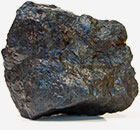Magnetite Fe3O4
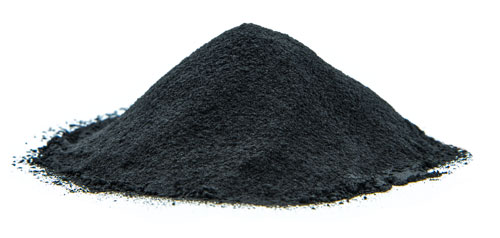
Magnetite is a mineral and one of the main iron ores. With the chemical formula is Fe3O4, it is one of the oxides of iron. Magnetite is ferrimagnetic, which means it is attracted to a magnet. It is the most magnetic of all the naturally-occurring minerals on Earth. Naturally-magnetized pieces of magnetite, called lodestone, will attract small pieces of iron, which is how ancient peoples first discovered the property of >magnetism. Today it is mined as iron ore.
Some uses for this product include:
Hematite Fe2O3
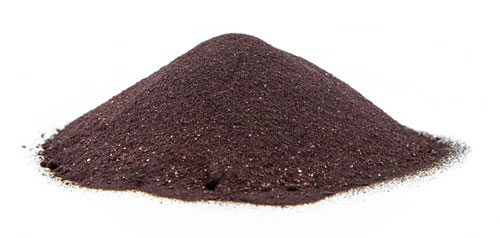
Hematite is the mineral form of iron(III) oxide (Fe2O3), one of several iron oxides. The name hematite is derived from the Greek word for blood αἷμα haima because hematite can be red, as in rouge, a powdered form of hematite. The color of hematite lends itself to use as a pigment. Hematite is an antiferromagnetic or weakly ferromagnetic.
Some uses for this product include:
Millscale

Mill scale consists primarily of magnetite, Fe3O4, of characteristic blue-gray "steely" color.
An extremely thin outer film of hematite, Fe2O3, is invisible to the naked eye.
The inner portion of the magnetite contains fine metal grains and sometimes, residual black FeO, which contribute to the roughness of descaled metal. Mill scale is found on all hot-rolled steel products unless processed in a protective atmosphere or descaled (e.g., for galvanizing).
Uses for this product include:
Granulated Slag
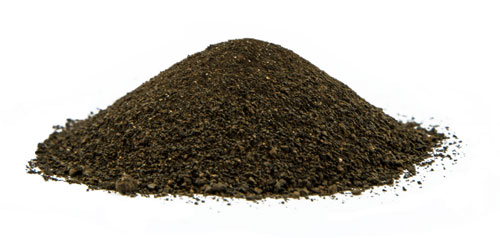
Slag, by-product formed in smelting, welding, and other metallurgical and combustion processes from impurities in the metals or ores being treated. Slag consists mostly of mixed oxides of elements such as silicon, sulfur, phosphorus, and aluminum; ash; and products formed in their reactions with furnace linings and fluxing substances such as limestone. Slag floats on the surface of the molten metal, protecting it from oxidation by the atmosphere and keeping it clean. Slag forms a coarse aggregate used in certain concretes; it is used as a road material and ballast and as a source of available phosphate fertilizer.
Some uses for this product include:
Hematite Pellets
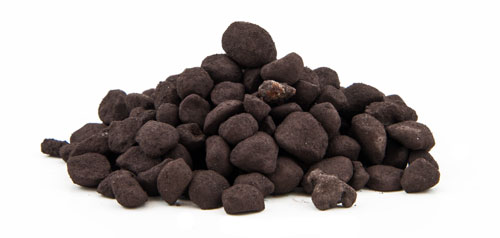
Hematite pellets are formed from beneficiated or run of mine iron fines. The iron is usually ground to a very fine level and mixed with limestone or dolomite as a fluxing agent and bentonite or organic binders as a binding agent. If the ore is a Hematite ore, coke or anthracite coal can be added to the mix to work as an internal fuel to help fire the pellets. This mixture is blended together in a mixer and fed to balling discs or drums to produce green pellets of size typically about 9-16mm.
Uses for this product include:
D.R.I. Fines
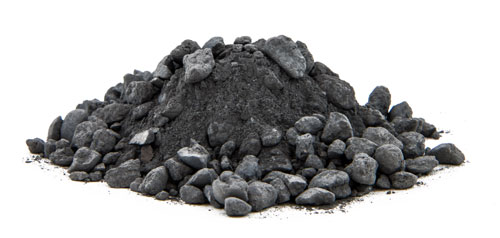
Direct-reduced iron (DRI), also called sponge iron is produced from the direct reduction of iron ore (in the form of lumps, pellets or fines) to iron by a reducing gas produced from natural gas or coal. Few ores are suitable for direct reduction. Reduced iron derives its name from the chemical change that iron ore undergoes when it is heated in a furnace at high temperatures in the presence of hydrocarbon-rich gases. Direct reduction refers to processes which reduce iron oxides to metallic iron at temperatures below the melting point of iron. The product of such solid state processes are called direct reduced iron.
Some uses for this product include:
